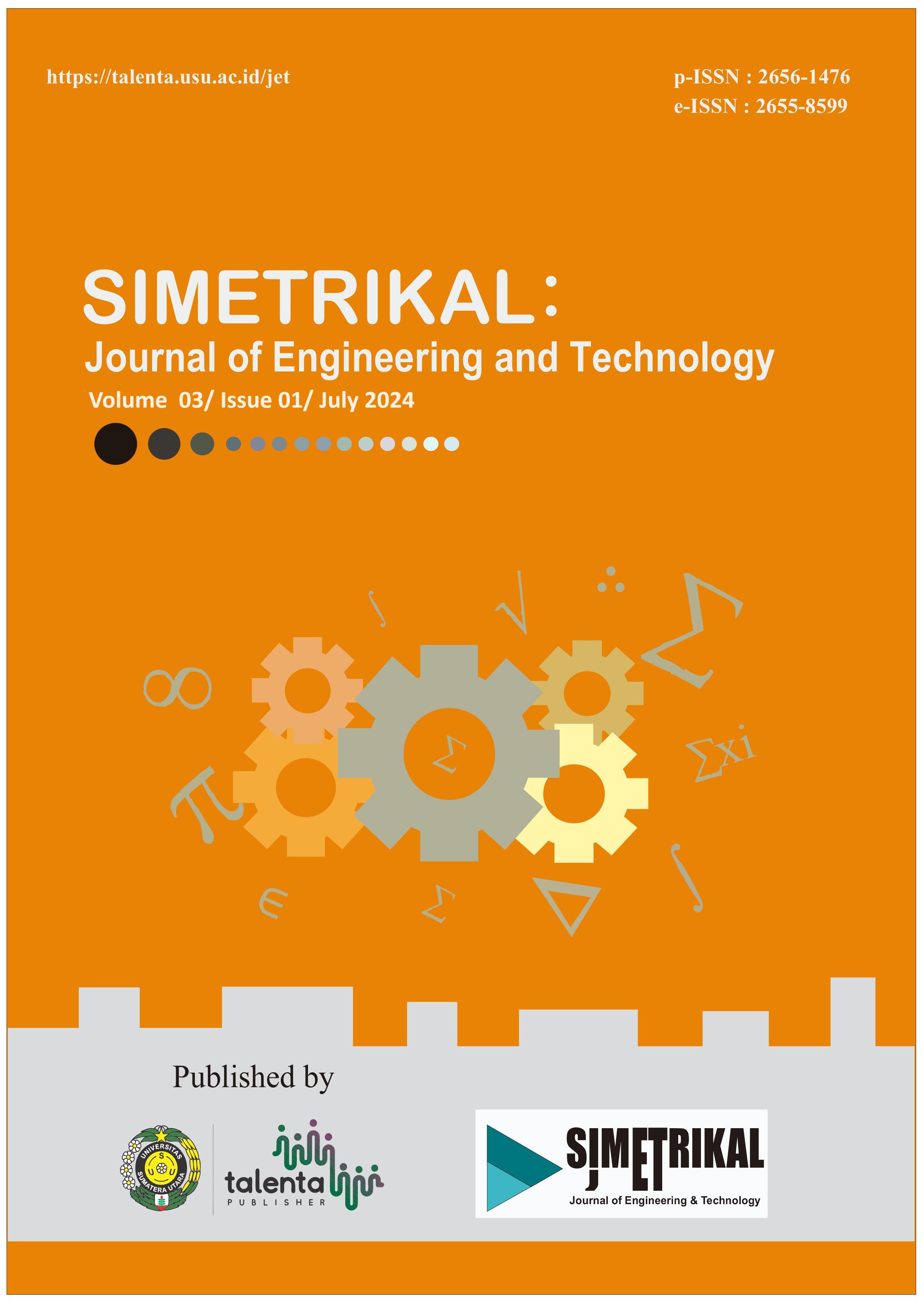Analysis of Overall Equipment Effectiveness (OEE) as an Effort to Increase The Productivity Filling Line of Lithos Packaging Lubricant
DOI:
https://doi.org/10.32734/jet.v3i1.13435Keywords:
Lubricants, Overall Equipment Effectiveness, Fishbone Diagram, Productivity, Six Big LossesAbstract
This research was conducted at a company engaged in the lubricants business. This study examines the filling station lithos packaging. The lithos packaging filling station consists of 6 filling lines (FL), namely FL-1, FL-2, FL-3, FL-4, FL-5, and FL-6. From each filling, the line will be observed and analyzed in the format of the automation machine program. Based on the observations and analysis, it was found that FL-4 has an availability rate, performance rate, and quality rate below standard, so it is necessary to identify the cause of the low Overall Equipment Effectiveness (OEE) value of FL-4. This study analyzes the factors causing the low Overall Equipment Effectiveness (OEE) score on FL-4 using Six Big Losses and Fishbone diagrams. From the research results, it was found that several factors caused the less productive FL-4, namely breakdown losses with a value of 48%, setup and adjustment losses with a value of 3%, idling and minor stoppages with a value of 7%, reduced speed losses with a value of 41%, and defect losses with a value of 1%. An analysis was carried out using a fishbone diagram to determine the root cause of the high value of breakdown losses, reduced speed losses followed by idle and minor stoppage losses, and setup and adjustment losses. Based on the fishbone diagram, it was found that the factors causing the FL-4's unproductivity in terms of machine factors, method factors, human factors, material factors, and environmental factors. The causes of unproductive FL-4 are damage to the machine, downtime, the operator's less responsiveness to machine problems, operator expertise, decreased work ethic, defective materials, late material stocks, and hot room temperatures. Based on this, the proposed improvements given are to schedule machine maintenance at a specified time (preventive maintenance), not by the factor of damage (breakdown maintenance), make data guide for product change for each machine and attach it to each machine in full so that This downtime can be reduced, placing technical operators who focus on each filling line at least one technical operator, to speed up downtime and not disrupt the production process, add fans to speed up air circulation to reduce heat in the area and change material suppliers to get better quality.
Downloads
Downloads
Published
How to Cite
Issue
Section
License
Copyright (c) 2024 Simetrikal: Journal of Engineering and Technology

This work is licensed under a Creative Commons Attribution-ShareAlike 4.0 International License.




